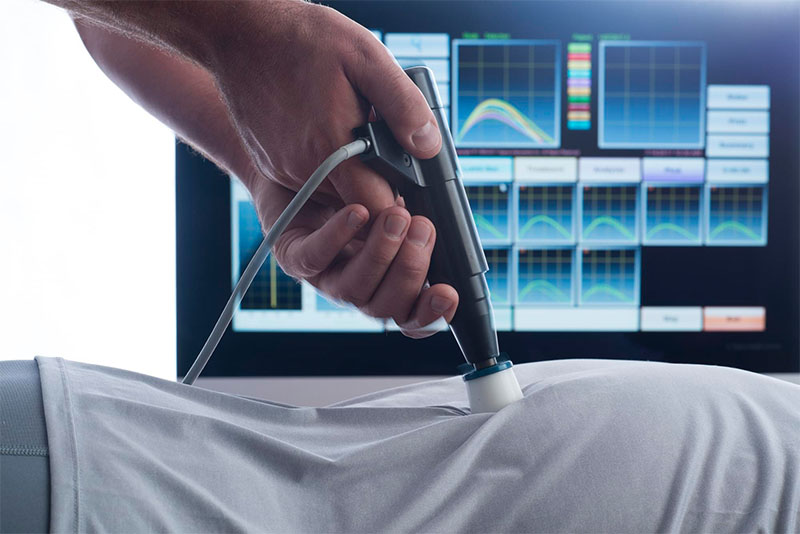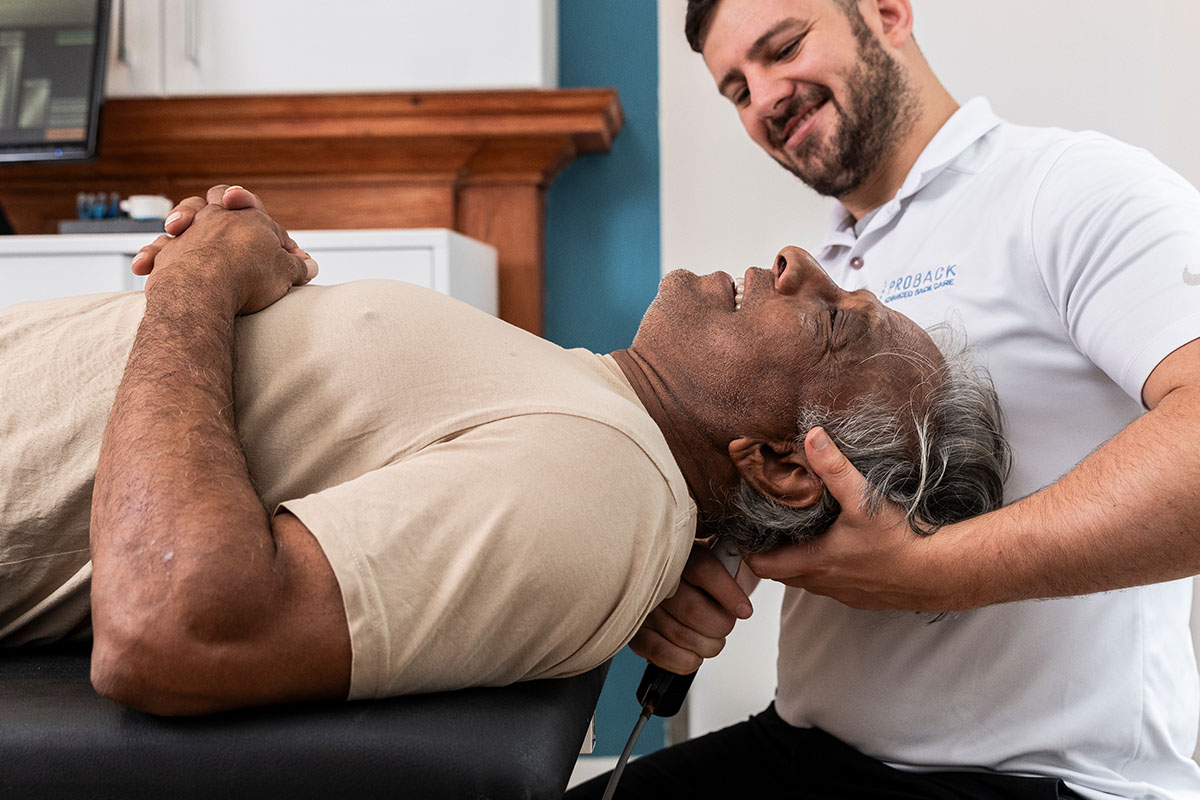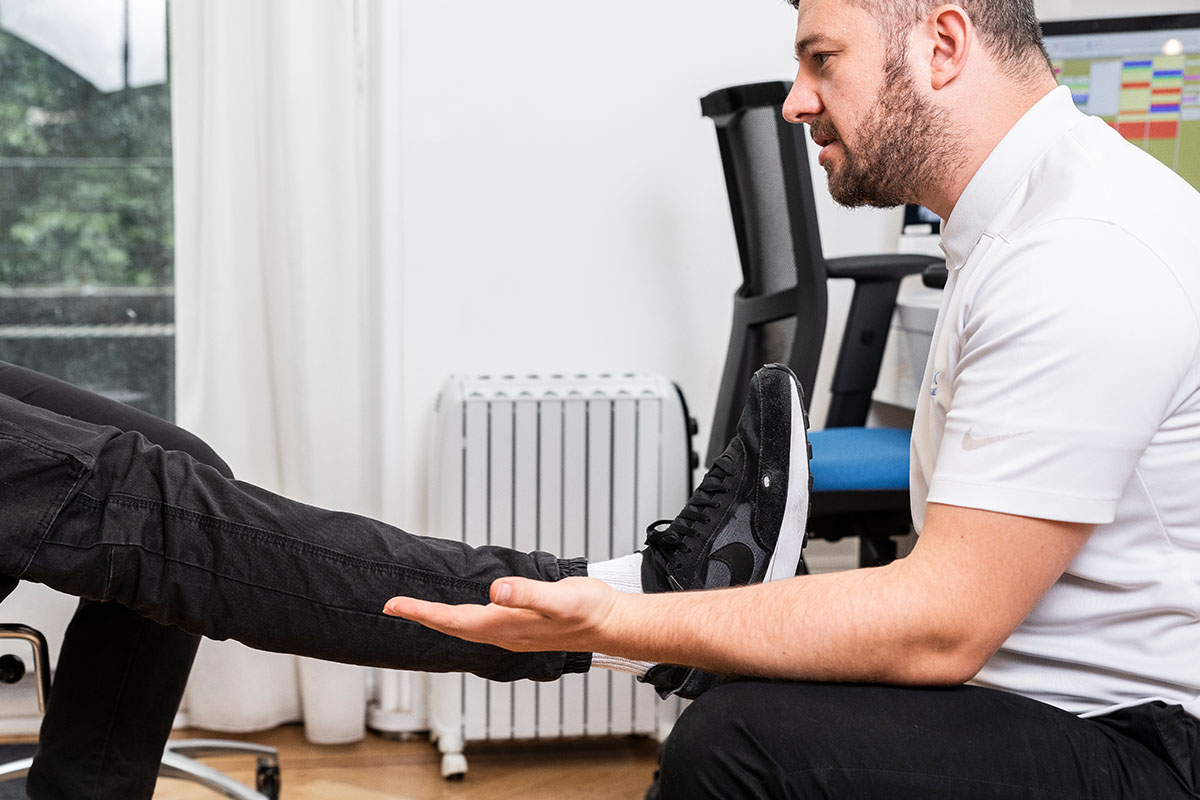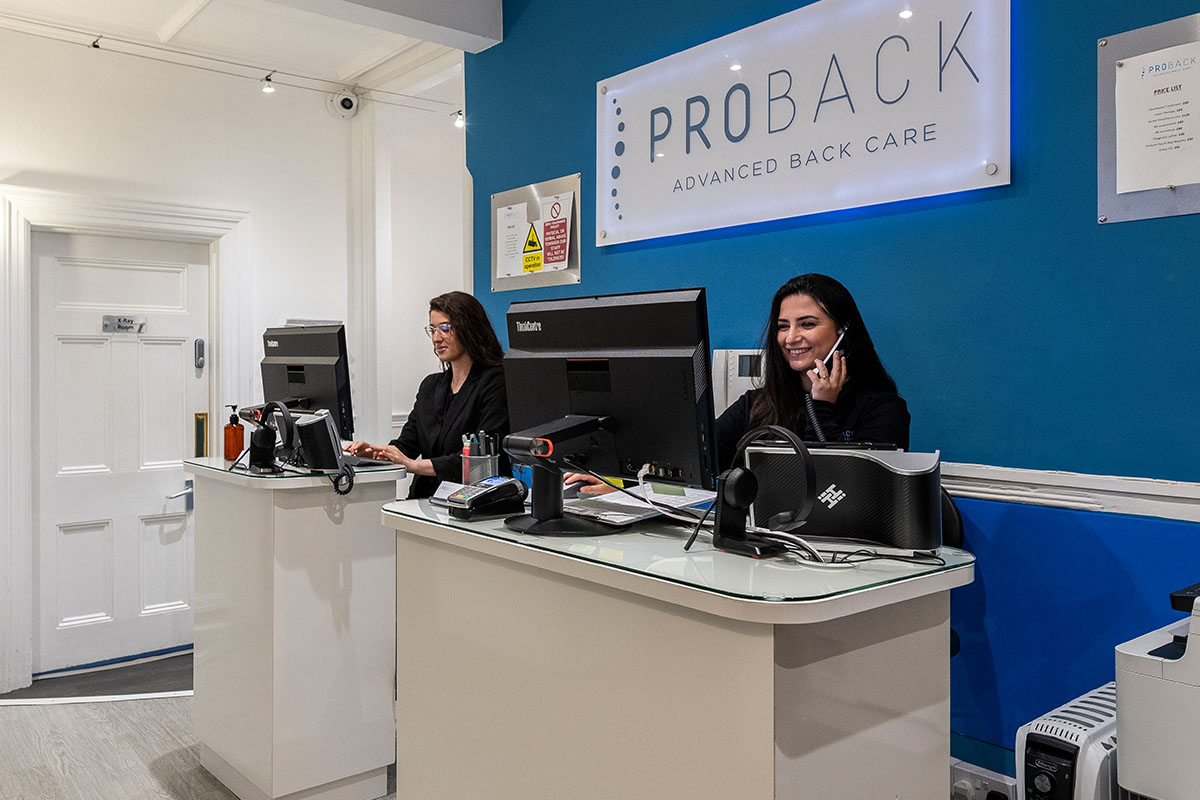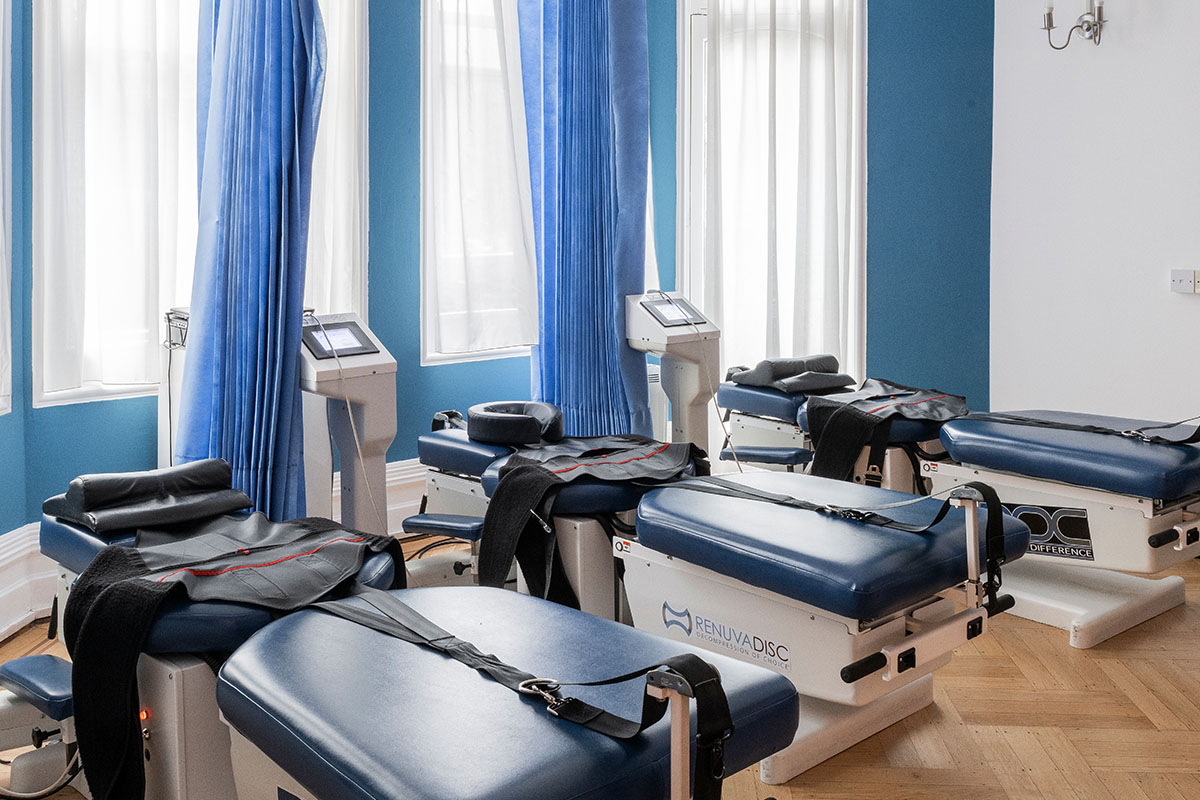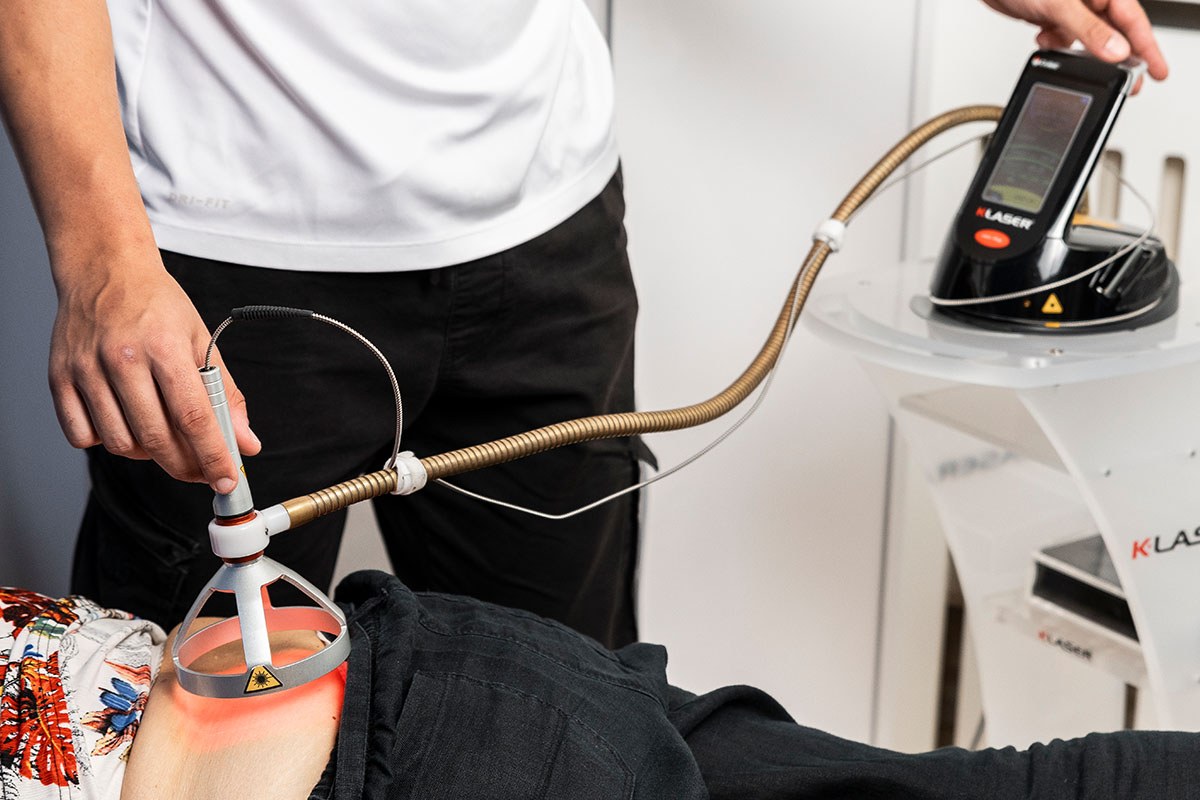
Fascial Hydrodissection or Fascial Hydrorelease
Available Monday To Saturday
Up To 90% Success Rate
Same Day Appointments Available
What is a Fascial Hydrodissection or Fascial Hydrorelease?
Fascial hydrodissection and hydrorelease are innovative, advanced techniques increasingly used in the treatment of fascial pain. Fascia is a connective tissue that surrounds and supports muscles, bones, nerves, and organs. It’s richly supplied with nerve fibers, and when it becomes tight, scarred, or inflamed, it can contribute to persistent pain.
Fascial hydrodissection involves using ultrasound to guide the injection of fluid beneath the fascia to gently separate it from surrounding structures, relieving pressure on irritated nerve endings. Hydrorelease is a similar method that targets scar tissue and fascial adhesions, often located within muscle tissue. Both methods demand expertise and precision, and have been producing remarkable outcomes in our clinical setting.
Hydrodissection
For patients considering surgery due to a compressed or entrapped nerve, fascial hydrodissection offers a minimally invasive alternative worth exploring. There are four frequently treated regions where nerve hydrodissection proves effective.
One commonly addressed area is the dorsal scapular nerve, which may cause pain between the shoulder blades or in the upper back. This nerve can become restricted between fascia layers separating the trapezius and rhomboid muscles. Releasing it through hydrodissection can offer substantial pain relief – though multiple sessions might be needed due to the size of the fascial region.
Another area is the cluneal nerve, often an overlooked source of lower back discomfort. Hydrodissecting this nerve can significantly reduce pain, and in many cases, noticeable improvement is experienced after the first session, even if several are required for lasting results.
The median nerve (commonly involved in carpal tunnel syndrome) and the ulnar nerve at the elbow (linked to cubital tunnel syndrome) are also frequently treated. Symptoms like numbness or tingling in the hands and fingers often stem from fascial compression of these nerves. Hydrodissection improves circulation and nerve mobility by releasing the restrictive fascia.
Below is a video showcasing fascial scar tissue located just above the sacroiliac joint – a notorious area for chronic pain. This region is often difficult to address with conventional treatments like massage or shockwave therapy, making hydrodissection a highly valuable tool.
Book A Consultation For Only £110
Use the form below to book a consultation.
Consultation includes examination, x-ray (if required) and results.
We typically reply within 60 minutes during opening hours.
FAQs
Spinal decompression applies a comfortable, gentle traction on your spine, which creates a negative pressure. The negative pressure makes a vacuum within the disc space, causing fluid, minerals and nutrients to re-enter the disc space. This creates the ideal healing environment for the discs, which are then able to repair and rehydrate.
A thorough examination well help us to work out if spinal decompression is the most effective therapy for you. X-rays may also be needed to see the state and position of your spine. But If you suffer from conditions such as sciatica or degenerative disc disease, or have a herniated disc – spinal decompression may be the best therapy for you.
Most studies are based on 20 to 24 spinal decompression treatments. But, a typical course of spinal decompression at ProBack involves 12 treatments over around four to six weeks. Pain relief may happen at any stage during that time, with some feeling instant relief after just the first session, while for others it can take around six to feel the benefit. Depending on what we find during the initial examination, spinal decompression may be even more effective when combined with our other therapies. To improve your condition in the long term and begin correcting the spine, we may also recommend our shockwave or laser therapy.
Although in some cases surgery is unavoidable, spinal decompression surgery should be an absolute last resort for back conditions. During your initial examination with us, we’ll be able to go through your condition in detail with you, including the degree to which we think we can correct the problem. At this point, we would also be able to tell you whether our treatments wouldn’t be able to help and if surgery may help.
Each spinal decompression treatment is £120 per session.
Award-Winning Treatments
Gentle Non-Surgical Chiropractic Therapy
Inside Proback
5 Minutes From London Victoria Station
Use the form below to book a consultation.
Consultation includes examination, x-ray (if required) and results.
We typically reply within 60 minutes during opening hours.
Accreditations



How To Find Us
Flat 4, Evelyn Mansions,
Carlisle Place, Westminster,
London, SW1P 1NH
Opening Times
Weekdays 8.30am - 8pm
Saturday 9am - 3pm

020 7976 6648





